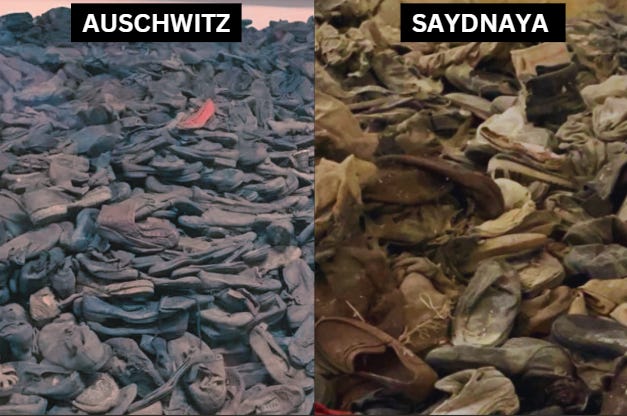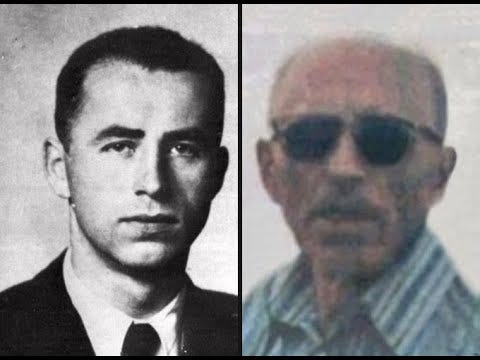The Nazi Legacy in Syria’s Saydnaya Torture Dungeons
How Hafez al-Assad Imported Nazi Brutality with the Help of Nazi War Criminal Alois Brunner
The brutal images emerging from Saydnaya prison today are not just the result of a modern-day dictatorship—they are the direct consequence of Nazi-era tactics that were imported to Syria after World War II. And at the heart of this legacy was a war criminal named Alois Brunner.
Alois Brunner was a key SS officer under Adolf Eichmann, responsible for the deportation of tens of thousands of Jews to concentration and extermination camps during the Holocaust. After the war, Brunner escaped justice and found refuge in Syria, where he became an adviser to Hafez al-Assad, helping to shape the brutal machinery of repression that would define the Assad regime.
Under Assad, Brunner’s expertise in terror was put to use in creating a prison system that mirrored the Nazis’ own methods of torture and control. The techniques he helped implement were designed not only to punish but to dehumanize. In places like Saydnaya, prisoners endure physical abuse, starvation, sensory deprivation, and mock executions. Many are left to die in secret mass graves, their lives erased as if they were never human to begin with.
This systematic cruelty—beatings, psychological torment, and humiliation—reflects a twisted continuity between Nazi tactics and those used by the Assad regime. Just as the Nazis sought to reduce their victims to nothing more than bodies to be exploited or disposed of, the Assad regime has done the same with its own people. The goal was not just to kill, but to break the spirit, to erase any sense of individual worth.
The connection between the Nazi war criminals and the Assad regime is undeniable. The methods of torture, the infrastructure of fear, and the overall dehumanization of prisoners all trace back to Brunner’s role in advising Assad on repression. It’s a dark legacy that continues to haunt Syria today, with the horrors of Saydnaya serving as a chilling reminder of how the brutality of the past never truly fades—it only finds new victims.






